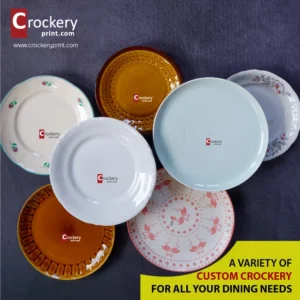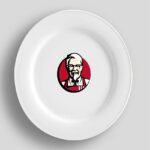Crockery material Guide for choosing the right material for your dinnerware and glassware can be challenging. Here is a guide to help you find the materials that best suit your needs, style preference and budget.
Tableware and glassware material guide
Bone china – strong and lightweight
Though bone china is very thin, it’s a strong type of porcelain that is resistant to chipping. It is made with kaolin clay, feldspar and calcium phosphate, which make it extremely strong and gives it a high-level of whiteness and translucency. Bone china is the most lightweight ceramic available and is both microwave and dishwasher safe. Strong and lightweight – an ideal combination.
Porcelain – good at resisting knocks
Products made with feldspar porcelain are resistant to knocks and can be made thinner than those in stoneware or earthenware. The colour of feldspar porcelain range from white to blue-white. Feldspar porcelain is light, hardwearing and dishwasher safe – great for everyday.
Stoneware – rugged and rustic
Stoneware stands up to knocks almost as well as feldspar porcelain. The difference is in the clay and the thickness of the stoneware products. Stoneware is fired at high temperatures, resulting in an understated color scale. The thick dimensions and subtle colors, often combined with a matte glaze, give a rustic feel to plates, dishes and mugs. Is dishwasher safe.
Earthenware – makes variety affordable
Earthenware products are fired at a lower temperature than feldspar porcelain and stoneware. This makes earthenware easy to decorate, as the colors and patterns are applied directly beneath the glaze. And even though the porous material can be sensitive to impacts, it’s also dishwasher safe. With earthenware you can vary and renew your tableware at a low price.
Glassware – unique and beautiful
Glassware offers many possibilities to set your table in new, stylish and personal ways. Mouth-blown or machine-made, it consists mostly of sand, with a small percentage of soda and lime. It can be stained, blasted, ground, engraved or printed with patterns. Tempered and heat resistant glass are strengthened during production, so they’re durable for hot drinks and food.






